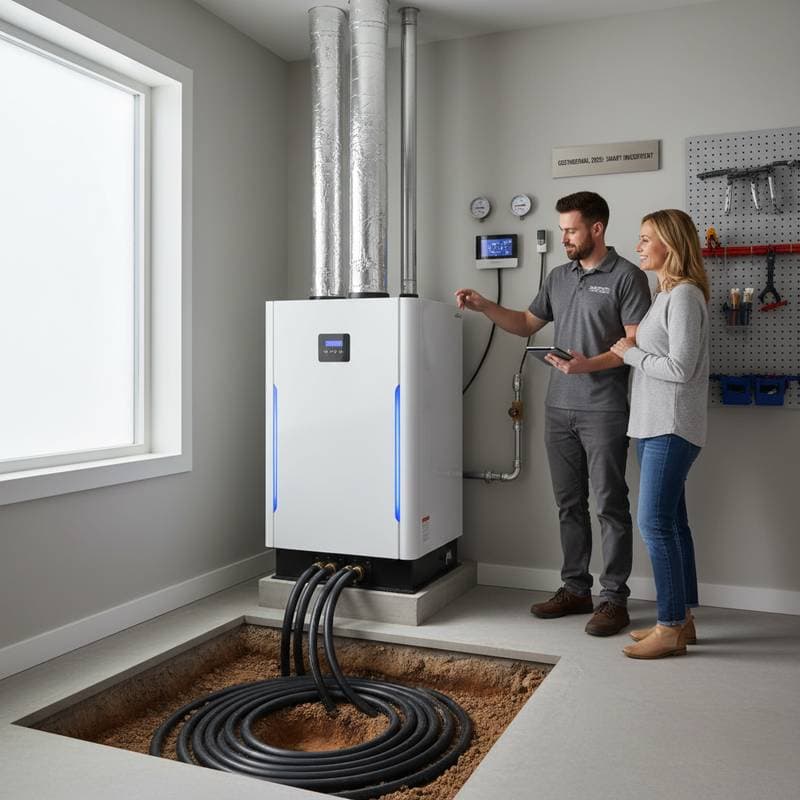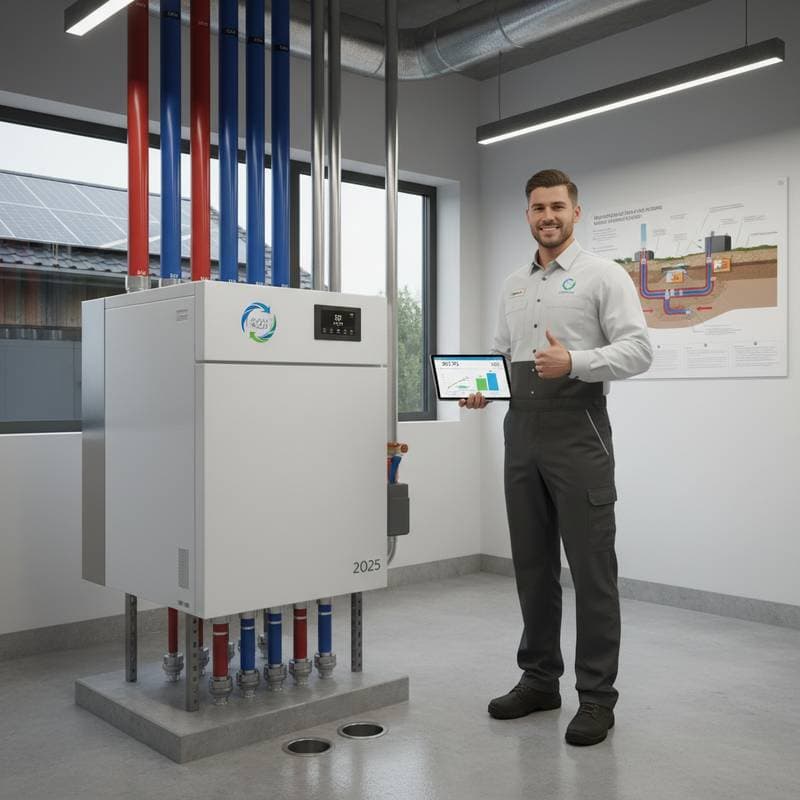Maximize Savings with 2025 Tax Credits for Home Electrification
Monthly utility bills often prompt consideration of more efficient home power options. Federal incentives for home electrification provide a pathway to replace fossil fuel appliances with electric alternatives. These credits lower the barrier to adoption for items such as induction stoves and high-efficiency heat pumps, enabling savings of thousands of dollars alongside a diminished carbon footprint.
Home electrification involves transitioning heating, cooling, cooking, and water heating systems to electricity sourced from renewable grids. This shift aligns with broader energy goals, as electric systems operate more efficiently than gas counterparts. Homeowners who act in 2025 benefit from enhanced incentives under the Inflation Reduction Act, which extend through 2032.
Essential Details on Credits and Eligibility
Federal tax credits cover up to 30 percent of qualified expenses for energy-efficient upgrades, with caps varying by category. For instance, heat pump systems qualify for credits up to $2,000, while electric water heaters receive up to $600. Induction cooktops fall under general efficiency improvements, often paired with state rebates.
Eligibility requires installation by certified professionals and use of Energy Star-rated equipment. Homeowners must file IRS Form 5695 with their tax return, retaining receipts and manufacturer certifications. Income limits apply in some cases, but most households qualify without restrictions.
Key advantages include immediate tax refunds and ongoing energy reductions. Electric upgrades typically pay for themselves within five to seven years through lower bills. Environmental gains encompass reduced greenhouse gas emissions, as electricity increasingly derives from clean sources.
- Federal credits reach 30 percent on approved upgrades, capped at $1,200 annually for most items
- Qualifying products include heat pumps, electric panels, water heaters, and induction ranges
- State programs, such as those in California or New York, add rebates up to $5,000 per household
- Utility bill reductions average 20 to 40 percent, depending on local rates and usage patterns
- Documentation involves ENERGY STAR labels and installer invoices for IRS compliance
- Timing installations across tax years maximizes credits without exceeding annual limits
Evaluate Upgrades: Costs, Credits, and Long-Term Returns
Selecting the right upgrades depends on home size, climate, and budget. Heat pumps serve as versatile solutions for heating and cooling, outperforming traditional furnaces in efficiency. Electric water heaters provide consistent hot water with minimal standby losses compared to gas models.
Induction stoves offer precise control and safety, as surfaces remain cool to the touch outside cookware. These systems integrate seamlessly with solar panels or smart home setups for further optimization. Professional assessments ensure compatibility with existing electrical infrastructure.
The table below outlines common upgrades, drawing from national averages. Costs reflect labor and materials for standard installations in a typical single-family home.
| Upgrade Type | Typical Cost Range | Tax Credit Amount | Projected Annual Savings |
|---|---|---|---|
| Heat Pump HVAC System | $8,000 - $15,000 | Up to $2,000 (30%) | $500 - $1,200 (25-40%) |
| Heat Pump Water Heater | $1,500 - $3,000 | Up to $600 (30%) | $200 - $400 (20-30%) |
| Induction Stove | $1,000 - $2,500 | Up to $600 (varies) | $50 - $100 (10-15%) |
| Electrical Panel Upgrade | $1,500 - $4,000 | Up to $600 (30%) | Enables full system efficiency |
Consider a $10,000 heat pump installation: the $2,000 credit lowers the net cost to $8,000. Monthly savings of $75 recoup the investment in under six years, assuming average U.S. energy prices. Larger homes or colder regions see amplified returns due to higher baseline usage.
Bundling upgrades amplifies benefits. Installing a heat pump alongside an electrical panel upgrade qualifies for separate credits, potentially halving total outlay. Consult local utility programs for additional rebates, which often cover 20 to 50 percent more.
Broader Benefits: Health, Comfort, and Future Value
Beyond finances, electrification enhances daily living. Gas appliances release pollutants like nitrogen dioxide, linked to asthma and other respiratory issues. Electric alternatives eliminate indoor combustion, fostering cleaner air and safer environments, particularly for children and those with sensitivities.
Heat pumps deliver even temperatures without the dry air of forced-air systems. They dehumidify during cooling cycles and operate at sound levels below 50 decibels, quieter than a conversation. Water heaters maintain supply without temperature fluctuations common in tankless gas units.
Sustainability plays a key role as communities retire gas lines to curb methane leaks. Electrified homes align with net-zero building codes emerging in progressive states. Resale values increase by 3 to 5 percent for properties with efficient systems, according to recent market analyses.
Maintenance simplifies with fewer moving parts in electric equipment. Heat pumps require annual filter changes, far less than gas furnace tune-ups. Warranties often extend 10 years, providing peace of mind for long-term ownership.
Challenges include upfront electrical upgrades for older homes built before 1980. Costs range from $2,000 to $5,000 but qualify for credits. Incentives cover low-to-moderate income households through programs like the High Efficiency Electric Home Rebate Act, offering up to $14,000 in direct payments.
Steps to Claim Incentives and Implement Upgrades
Begin with an energy audit from a certified assessor to identify priorities. Tools like the IRS website or ENERGY STAR database list qualifying products. Gather quotes from at least three licensed contractors experienced in electrification.
Verify state-specific incentives via utility websites or the Database of State Incentives for Renewables and Efficiency. For example, Massachusetts residents access up to $10,000 in combined rebates. Schedule installations to align with tax filing, ensuring expenses occur in the claim year.
Post-installation, submit Form 5695 with Schedule 3 of Form 1040. Track savings through utility apps that monitor consumption. Many providers offer time-of-use rates, rewarding off-peak usage for additional 10 to 20 percent reductions.
If replacing multiple appliances, prioritize high-impact items like heating systems first. This approach yields immediate bill relief while spreading costs. Engage a tax advisor early to navigate nuances, such as carrying forward unused credits.
Electrification represents a strategic move toward resilient, efficient homes. Homeowners who invest now secure lasting savings, superior performance, and alignment with a cleaner energy future.










